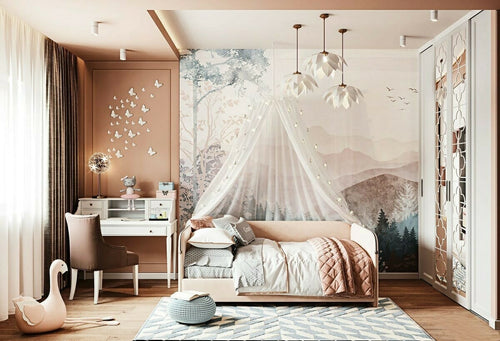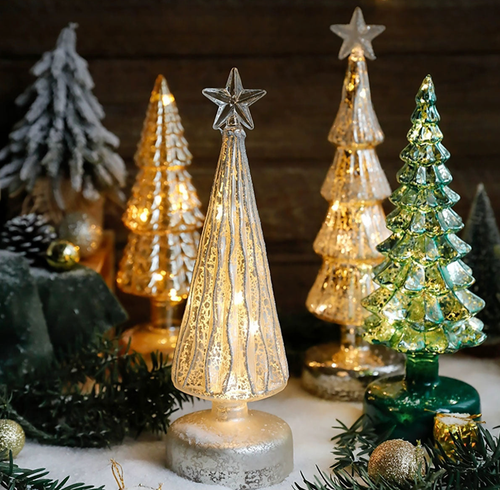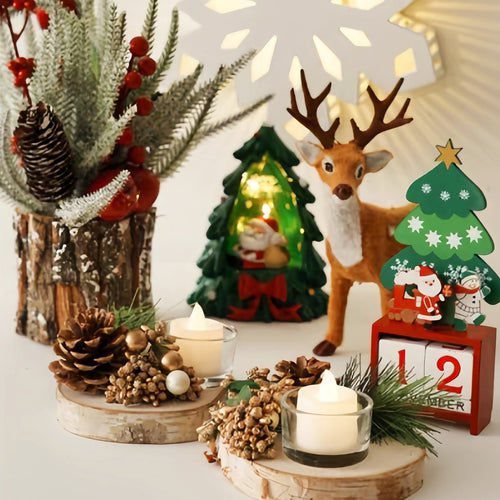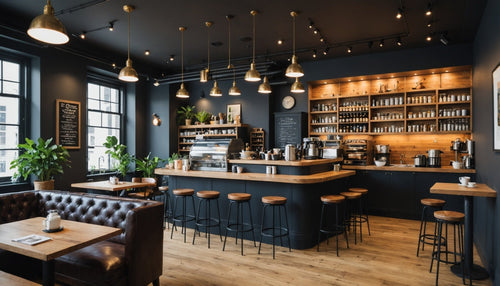The right pendant lighting enhances ambience while blending function and design. This versatile fixture can illuminate countertops and kitchen islands while delineating zones in open-plan homes.
To determine the proper size for pendant lights, measure the width of the island or counter in feet. Then subtract 12 inches to identify the maximum diameter for the pendants.
Size
A well-placed pendant light can transform a kitchen from an ordinary cooking space to a welcoming, well-lit hub of activity. However, choosing the right fixture requires careful consideration of aesthetics and function. A fixture that is too small can fail to provide adequate illumination, while one that is too large can overwhelm the room. Taking the following steps when selecting and installing new kitchen pendant lighting can ensure that this important fixture enhances your home's interior design rather than detracting from it.
Begin by evaluating your current lighting infrastructure. What are the areas that could use improvement, and what do you like about your existing setup? These questions can help you determine the appropriate number and placement of your new pendant lights.
For optimal island lighting, the bottom of your pendants should sit about 30 to 36 inches above the countertop surface. This height ensures that the fixtures do not obstruct visibility when you're chopping veggies or preparing meals. It also keeps the lights from being too low, which can interfere with your ability to reach items stored on the island.
Depending on your style preference, frosted or clear glass pendant light can complement a variety of design styles. However, clear glass has gotten especially popular in recent years thanks to its ability to open up spaces and highlight decor elements. Additionally, clear glass allows natural light to flow freely, enhancing the feel of the kitchen.

Crystal pendants can add elegance and a sense of luxury to your kitchen while refracting and reflecting the light within the space. These fixtures pair well with contemporary or traditional designs, creating a warm and inviting atmosphere for entertaining guests or family mealtimes.

Another option is to choose a fixture with exposed bulbs. This style has become increasingly popular in recent years, with a selection of options that include clear glass and bare-bulb Edison-style fixtures. The warm tone of these bulbs can create a cosy, inviting environment, while cooler tones can encourage concentration during task-orientated activities.
For a more personal touch, consider using hand-blown glass or custom metalwork to create a unique pendant light. These pieces serve as functional art, adding a personal touch to your kitchen while serving as conversation starters.
Style
Pendant lights are available in a variety of aesthetics, making it easy for homeowners to complement kitchen decor and elevate style with their chosen fixture. From opulent glass chandeliers to austere concrete cylinders, this popular lighting option comes in many shapes, sizes, and finishes. These factors can all influence how the fixture blends with surrounding decor, whether that’s a contemporary metallic finish to complement modern kitchens or a vintage-inspired style that enhances farmhouse-style kitchens in Bucks County.
Some popular pendant styles include mini pendants and multi-light fixtures. The small size of these fixtures often makes them ideal for use in multiples, creating a cohesive look over a countertop or dining table. These options also offer a more casual, relaxed appeal that can easily suit coastal or rustic kitchen designs in the area. Multi-light pendants, on the other hand, feature several light sources for broader illumination and can be an excellent choice for larger kitchens.
Decorative pendants often showcase intricate details that serve as focal points in the room. From a pop of colour to a unique design, these pendants serve as visual statements that underscore a homeowner’s personal sense of style. They’re ideal for kitchens that already employ a neutral or monochromatic palette and can add contrast to darker kitchen decor.
Another way to bring style and design to kitchens with pendant lighting is by selecting a fixture that incorporates natural materials. For example, rattan pendants add organic texture and a bohemian flair to kitchens that use earth tones. They can be paired with frosted glass pendants for a blending of styles that elevates the overall design of the space.

Choosing the right pendant lights also involves considering the amount of light needed for the space. Typically, the recommended amount of light for a kitchen island is between three and five pendant lights. This amount of illumination ensures that all working surfaces are adequately illuminated, preventing shadows from falling on food preparation areas and helping to enhance safety.
To determine how many pendant lights you need for your kitchen, begin by measuring the length and width of the surface in feet. Then, subtract 12 inches from both measurements to account for the space between the ceiling and the bottom of the fixture. This number will help you calculate the maximum allowable width of each pendant.
Color
Pendant lights can be used to complement or contrast the style of kitchen design. For example, a gold light fixture will add a touch of luxury to a traditional kitchen, while a clear glass pendant will keep the space feeling modern and open. The shape and colour of the shade will also play a role in the overall look of the kitchen. For example, a round or oval pendant will look great with a sleek contemporary kitchen, while a rectangular or linear pendant will suit a more classic or transitional style.
Using pendant lighting to create an accent over a kitchen table or breakfast bar is a great way to highlight the space and draw attention to a specific area of the room. When paired with overhead fixtures that provide general illumination, such as recessed or flush mounts and under-cabinet lights, the combination can be a focal point in the room and really make the kitchen stand out.
A well-lit kitchen is all about layers of lighting, and pendant lights are a great option for providing task light over workspaces, tables, or reading nooks. They can also be used in clusters at varying heights to create a stunning visual effect. The number of pendants used will depend on the size of the space, the desired ambiance, and the ceiling height.
Shade materials offer a wide range of options, from natural, translucent glass to rich metals with shiny finishes. Some shades diffuse light and are more appropriate for general lighting, while others cast dramatic shadows and work best as accent or task lighting. Choosing the right pendant shade material will help ensure your kitchen gets the perfect light for the space.
While pendant lighting is most often found over countertops and islands, they can also be used in other areas of the home to create a stylish statement. In kitchens that open up to dining or living spaces, pendant lights serve as spatial anchors that delineate the zones without creating physical barriers and encouraging interaction between spaces.
With their versatility and beauty, pendant lights are a staple in any kitchen design. Their ability to set the tone for a space and create a sense of depth and ambiance makes them the ideal finishing touch to any kitchen. By selecting the right size, style, and shade, they can transform kitchens with a sophisticated elegance that is sure to impress.
Light
In the hands of a skilled homeowner, pendant lighting isn’t just a functional element. It transforms kitchens with style and design. A thoughtful approach to selecting and installing this lighting fixture can elevate the space from a bland, utilitarian workspace into a well-lit, welcoming hub of family gatherings and gourmet cooking.
While most of us take for granted the importance of a bright kitchen, pendant lights play a vital role in both functionality and aesthetics. They’re often the most eye-catching feature of a room, creating visual interest and a focal point for the overall design. In addition, they can help create a balanced ambiance by delineating the area between cooking and dining spaces.
With a wide variety of styles and sizes to choose from, it’s important to select the right type of pendant for each space. A general rule is to select a fixture that is around three times the width of the area it will be hung over, as this will ensure it’s not too large or too small. For example, a kitchen island should have a maximum allowable diameter of 30 to 36 inches (depending on the overall height of the room).
The light effects created by pendant lighting are also affected by colour temperature. Warmer tones create a cosy atmosphere and are ideal for dinner parties and casual gatherings, while cooler tones increase focus and are appropriate for meal prep.
The choice of material and finish for a pendant light can also significantly affect its look and feel. Glossy finishes like brass or polished nickel work well in contemporary kitchens, while matte or natural-looking finishes complement a more rustic or traditional kitchen. When paired with the right bulb, pendant lights can become a true centerpiece of any space, whether it’s a statement piece or a subtle accent.


















































